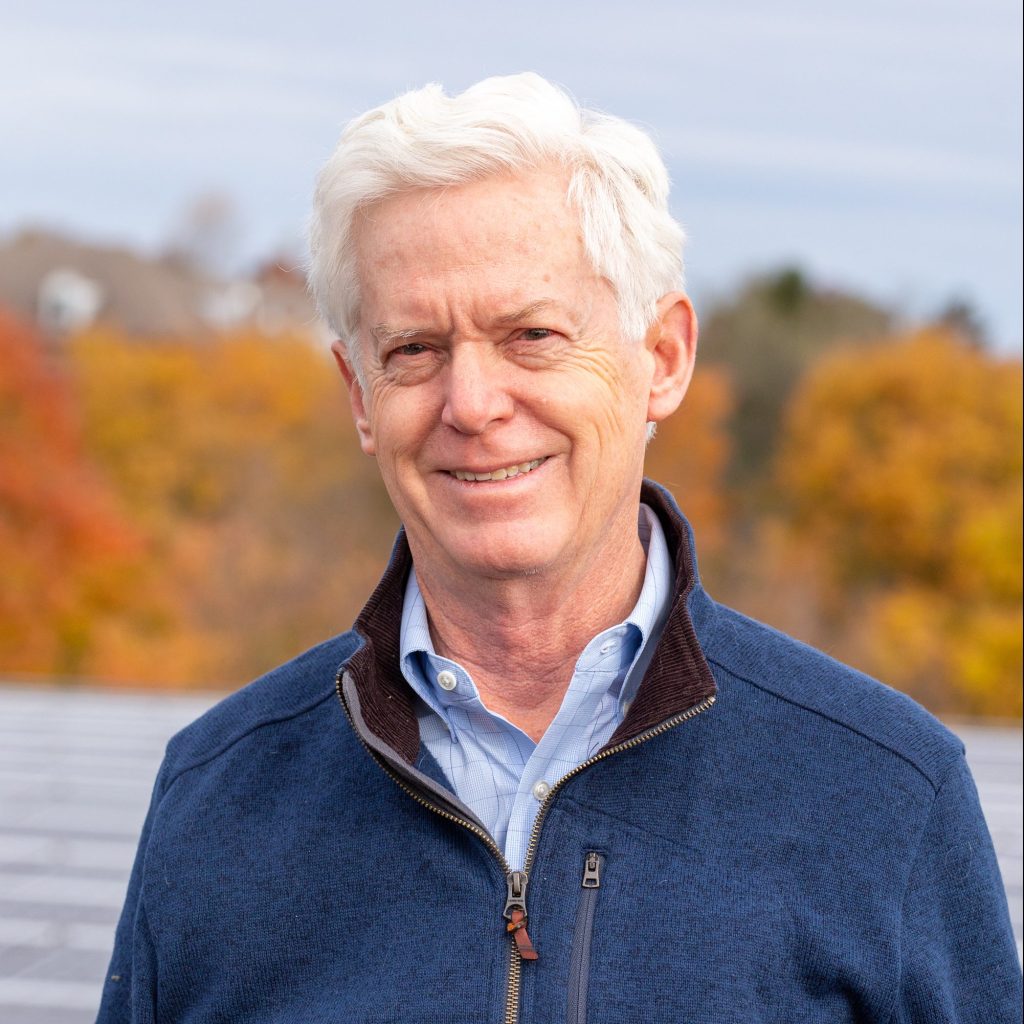Dec 04, 2020
New Legislation Sparks Joy For Solar Industry in Virginia
When Thomas Edison first developed energy, he already predicted that fossil fuels wouldn’t last forever. Before he passed, he said: “I’d put my money on the sun and solar energy. What a source of power! I hope we don’t have to wait until oil and coal run out before we tackle that.” What a source of power indeed, and tackling solar legislation for securing this energy has been a hard battle, but worth the fight.

Virginia’s shift to solar has been a slow and steady race. In the last few years large-scale utility-scale solar farms have been the most visible aspects of Virginia’s energy transition.
But with new state laws, we may be seeing an increase the kind of solar that Secure Futures offered even before utility solar developers started to enter Virginia: distributed or rooftop solar.
For years, energy regulations in Virginia were tilted away from clean energy in general, and especially away from on-site solar, which empowers customers the most. Our own President and founder, Tony Smith, said it best in this Virginia Mercury article by Sarah Vogelsang:
“We fondly referred to Virginia as the dark state. We always thought if we could succeed in Virginia, we could succeed anywhere.”
And we did. Even with the rules of the energy game written to favor fossil fuels over clean energy and also to favor centralized power plants over distributed generation, we managed to install clean energy systems on site at schools, hospitals and businesses across the Old Dominion.
We are grateful to the customers who saw the many benefits of going solar, and of doing it right at their own location. We’re also glad that the rules now seem to be changing, and that it will be easier for more customers to get the benefits of rooftop solar.
Distributed solar creates more jobs and lets customers take more control over their energy.
“These decisions are made by many, many, many people on what we call Main Street.” Tony said in the article. “Whereas utility-scale solar, those decisions are made at Wall Street.”
More Solar and More of it Local Solar
After years of advocacy to improve the state’s energy system, we also succeeded in bettering laws on rooftop solar power. This was only achievable working with allies from the solar industry, environmental groups and many others.
The 2020 General Assembly decided that they wanted more solar power overall and more distributed distributed energy in particular permitted onto Virginia’s grid.
To increase overall clean energy in the state, the recently passed Virginia Clean Economy Act (VCEA) has two main priorities. It set phased requirements to reach the goal of zero dependence on fossil fuels by 2050. The other goal is to have at least 58 percent of Virginias energy coming from clean sources by 2030.
This year, the legislature signed off on 16.7 gigawatts of solar, with 10 percent required to be distributed solar.
“It’s a smaller piece of the pie in terms of what’s been carved out in the Clean Economy Act, but it has much more bang for the buck in terms of contributing to the state’s economy on a per kilowatt basis,” Tony told the Virginia Mercury.
Along with giving customers more control over their own energy, smoothing the way for rooftop solar will also help create more jobs.
“Despite the current pandemic, solar installers across the state have noticed an uptick in business,” wrote the Mercury, going on to quote Tony:
“[Rooftop solar] generally has greater job impact in the communities where these projects are located, in terms of employing local engineers, electricians, installers, crane operators, all the skillsets required to install a solar array,” said Smith of Secure Futures Solar.
Removing Unnecessary Barriers
One of the main challenges to spreading rooftop solar was a cap that utilities imposed on how much energy in their service areas could be net metered.
Net metering means that the solar produced by rooftop solar customers can be wired into the grid and then credited against their electricity consumption.
Previously, there was a 1 percent cap set on each utility’s generating capacity, which “was too low for any meaningful growth.” Changes this year raised the cap to 6 percent.
Yet another major win was easing the limits on power purchase agreements (PPAs), where nonprofits and public schools could enter into with non-utility companies to install solar panels. We talk more about this in our blog here.
Now the amount of customers who will be allowed to utilize the PPAs will bring an influx of job growth in this sector. This is a much needed boost to our economy post-COVID-19.
This legislation is proof that our transition to solar energy is not only desirable to create good jobs and necessary to fight climate change, but also that switching Virginia’s economy over to clean energy is eminently possible.